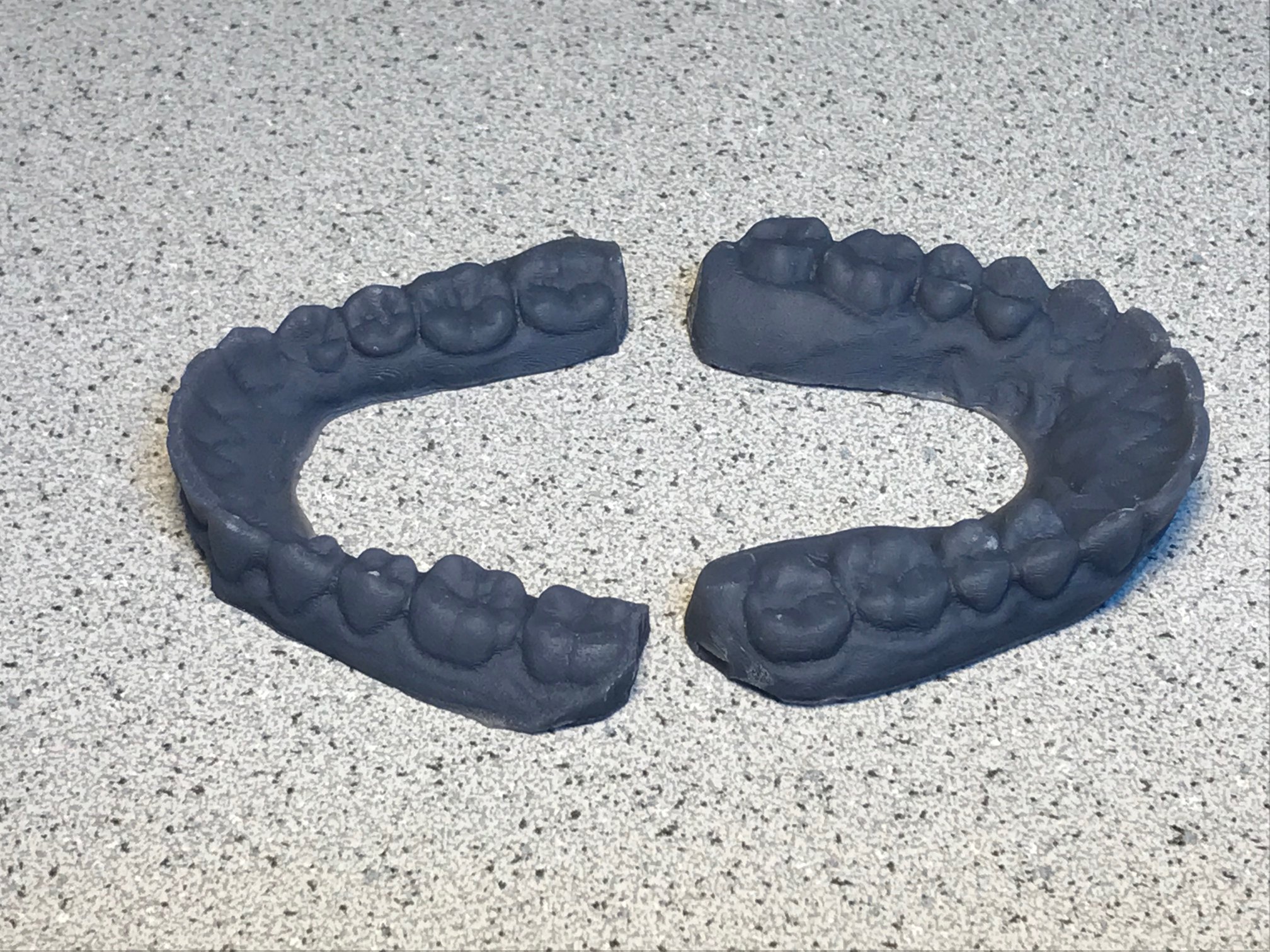
Summer is a Great Time for Kids to Get Braces!
Summer is officially in full swing! School is out, and the longer days mean more time for outdoor activities like

Summer is officially in full swing! School is out, and the longer days mean more time for outdoor activities like

Invisalign aligners are carefully designed to shift your teeth into the proper position. Each new set is molded to reflect

If you’ve ever had a traditional dental impression, you probably remember it vividly: a tray full of purple or grey

The act of sucking is natural for all babies, most even begin in the womb. After all, it is the

The holidays are upon us again, which for most of us means family, fun, and food. It is the time

With the arrival of Easter on Sunday, we wanted to remind our patients about some of the challenges with braces